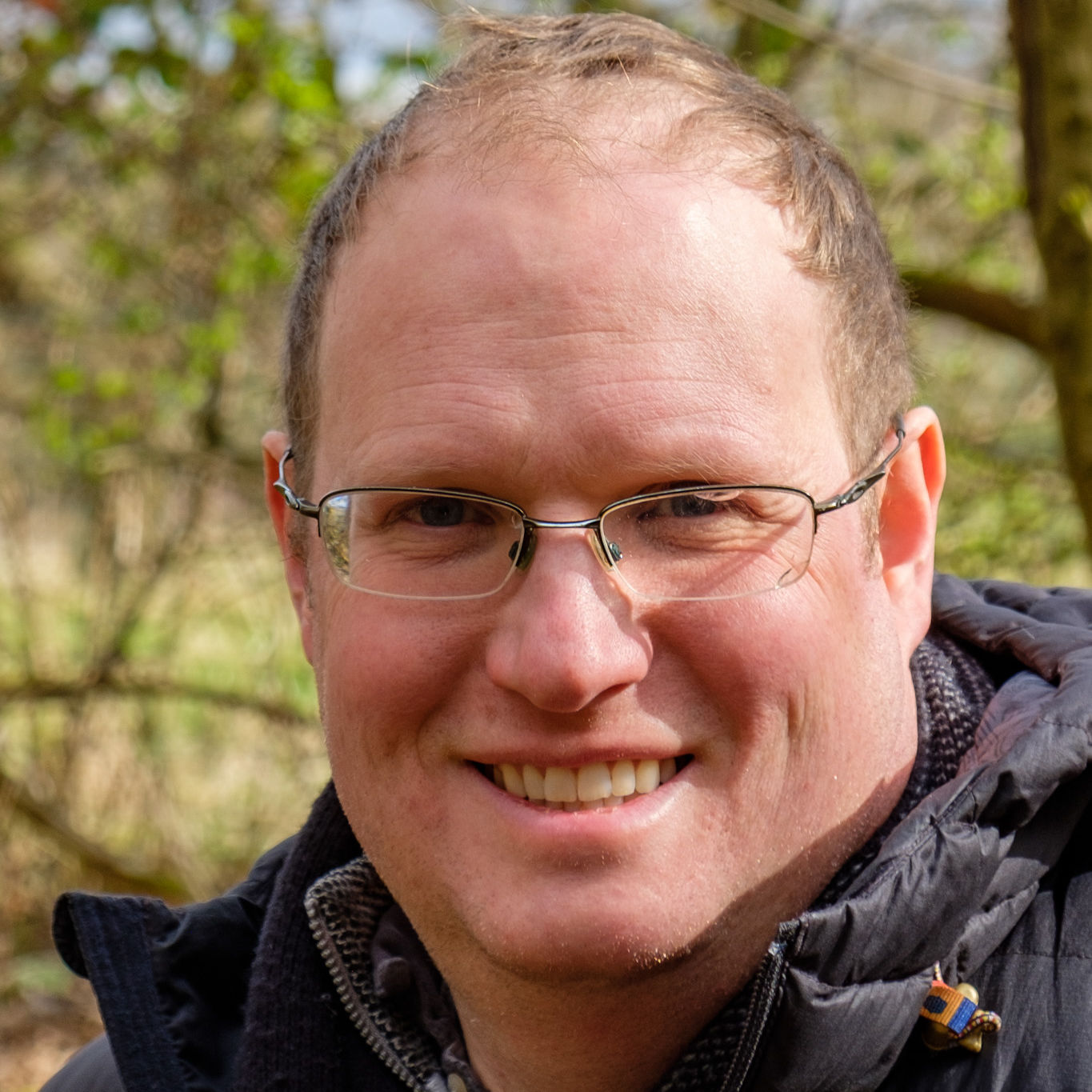Physical causes of rainfall threshold and connectivity for post-fire runoff
Date:
Sim Reaney Department of Geography, Durham University, Durham, DH1 3LE, UK
The generation of runoff is normally considered a point scale process that can be explained by either infiltration excess, saturation or return overland flow mechanisms. This formulation of the process negates to understand the key question in that it is not how much rainfall is converted to rapid overland flow at a point but it is how much of that water is able to reach the river channel to form a flooding event and how much sediment it is able to erode and transport. Thinking of the runoff generation processes in these terms leads us to consider the processes within a more explicitly spatial and temporal framework. The probability that water will reach the river channel is controlled by the flow pathway which the water takes and the associated variability in soil hydraulic properties along that pathway. The soil surface is often spatially variable, especially so in a post-fire context, and hence there is the possibility for transmission losses and disconnections in the flow. At the same time, the rainfall might be providing additional water that maybe converted into overland flow and the temporal pattern of the high intensity rainfall is therefore an important driver as it interacts with the flow travel distances. Hence, there is a balance between the driving rainfall, the spatial pattern of flow and the pattern of soil properties that will ultimately determine the hydrological and sediment connectivity. When the landscape is considered in this way, it leads to the concept that there are points in the landscape that exert more control on the connectivity than others and can be considered as ‘connectivity threshold points’. These patterns can be considered in space and time using a range of tools ranging from terrain analysis to simulation models. These tools include the Network Index based on flow path analysis, CRUM2D and CRUM3 simulation models and the software agent based hydroAgent approach. Each tool is able to offer a different insight into the processes leading to threshold based behaviour in runoff generation.
This abstract is included in Moody, John A.; Martin, Deborah A. (eds.). 2013. Collected abstracts for AGU chapman conference: synthesizing empirical results to improve predictions of post-wildfire runoff and erosion responses. AGU Chapman Conference; August 25-31, 2013. Denver, CO: US Geological Survey. 182 p.
